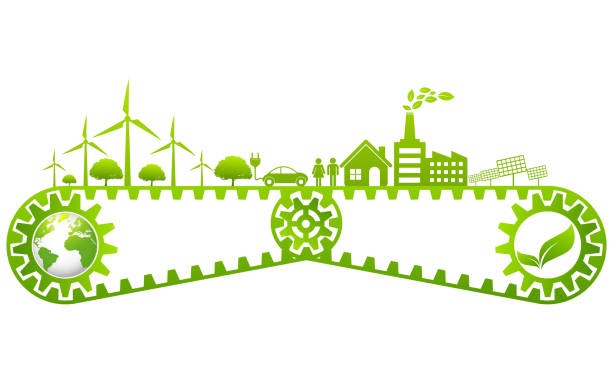Smart manufacturing can help protect the environment while meeting modern industrial needs. Explore key strategies and examples for making custom production work sustainably.
Sustainability is no longer a buzzword within production environments. Increasingly, it’s a non-negotiable expectation. Manufacturing accounts for nearly one-third of global carbon emissions, and industries are under pressure to adopt sustainable practices. Custom manufacturing, by its very nature, is well-positioned to lead the way.
What Makes Custom Manufacturing Essential for Sustainability
Custom manufacturing tailors output to exact project specifications, minimizing excess and waste that are common with traditional mass production. By only making what’s needed, resources are used more efficiently, and products are designed for longevity and end-of-life recyclability.
Precision Means Less Waste
Traditional manufacturing often relies on mass production, creating large inventories and substantial surplus. By contrast, custom manufacturing uses precise measurements and production techniques. This reduces material scrap and limits inventory overstock, lowering the risk of products ending up in landfills.
For example, companies shifting to on-demand production cycles can significantly cut down obsolete stock, contributing directly to waste reduction.
Advanced Material Selection
Material choice plays a core role in sustainable manufacturing. Today, many facilities prioritize recycled plastics, biodegradable polymers, and ethically sourced metals. Beyond environmental gain, these decisions often improve a product’s market appeal and regulatory compliance.
Integrating Sustainable Practices into Custom Manufacturing
Transitioning to greener methods goes beyond sourcing materials. It involves re-designing processes, investing in efficient machinery, and collaborating across the supply chain.
Energy Efficiency and Clean Technology
Modern facilities employ energy-efficient machinery, automation, and closed-loop systems that reclaim waste heat or water. Even minor improvements, like upgrading lighting and optimizing machine run times, can yield significant CO₂ reductions over time.
Renewable energy integration is expanding, with solar panels and wind turbines powering a growing number of plants. Combined, these upgrades help companies lower their operational footprint and reduce reliance on fossil fuels.
Lifecycle Thinking in Product Design
Sustainable custom manufacturing starts long before a product reaches the end user. Applying lifecycle assessment during the design stage allows manufacturers to:
- Anticipate and reduce resource consumption at each stage
- Choose components that can be repaired or recycled
- Limit hazardous substances
This holistic approach not only benefits the environment, but it can also lower long-term costs by enabling product take-back or refurbishment programs.
Digital Tools for Sustainable Production
The adoption of digital technologies, such as AI-driven forecasting and 3D modeling, makes it possible to optimize design before building a physical prototype. This eliminates guesswork and wasted materials inherent to trial-and-error development.
Additionally, demand forecasting systems ensure that production only meets verified market needs, lowering the chance that excess inventory will be scrapped.
Focus on Industrial Molding Services for Sustainability
The molding industry plays a vital role in manufacturing, especially for components used in automotive, healthcare, and consumer goods. Sustainable practices in industrial molding services for manufacturing can make a noticeable environmental impact through:
- Use of recycled or bio-based materials
- High-efficiency machines that consume less energy per unit produced
- Reusable or modular molds, which minimize new tooling requirements
Collaborating with providers who focus on green practices ensures every molded part supports broader environmental goals. Companies that seek out partners skilled in industrial molding services for manufacturing often benefit from custom solutions tailored to both their product needs and sustainability mandates.
Real-World Successes and Emerging Trends
Some manufacturers are establishing take-back programs, encouraging end customers to return products for recycling or refurbishing. Others are redesigning packaging and logistics to cut down transportation emissions.
Trends to watch include:
- On-site renewable energy generation at production facilities
- Greater transparency in sourcing and material disclosures
- Partnerships with academic and non-profit organizations to develop new sustainable materials
- Expansion of digital twin technology for ongoing process optimization
Shaping Sustainable Manufacturing Practices Beyond Today
Custom manufacturing offers flexibility and efficiency, placing it at the heart of the sustainability movement. By adopting new materials, advanced process controls, and digital forecasting, industries are setting higher standards for responsible production and eco-friendly outcomes.
Organizations that prioritize sustainability in custom manufacturing position themselves as leaders, ready for evolving consumer expectations and future regulatory requirements.



